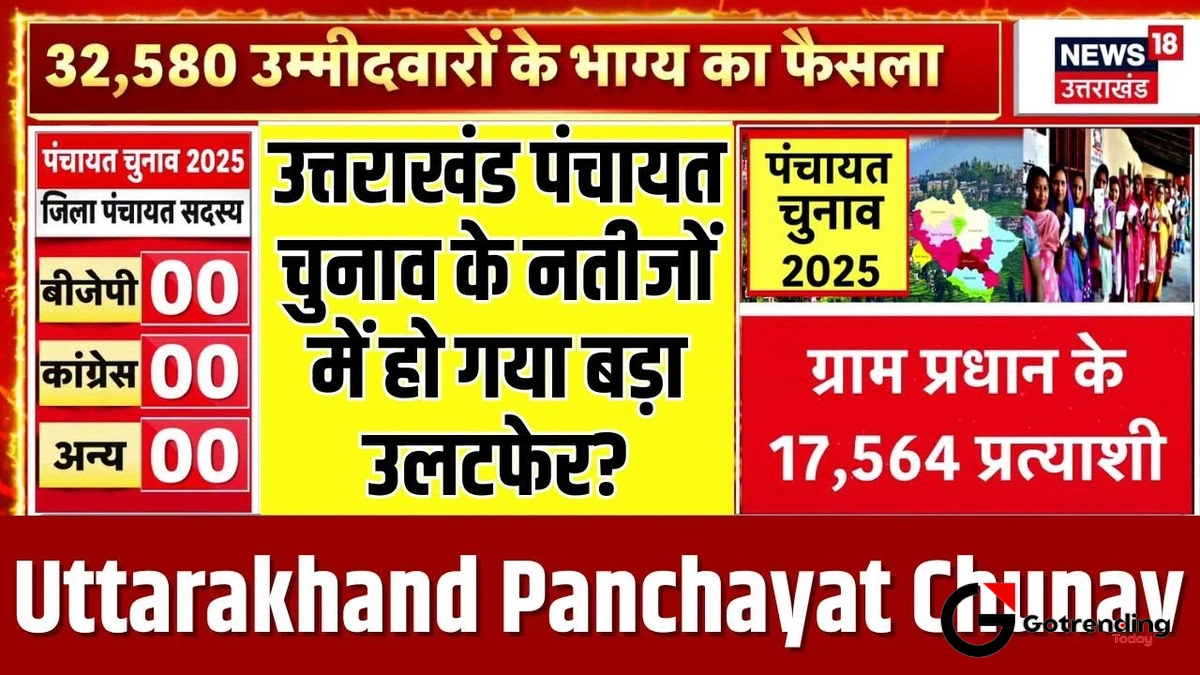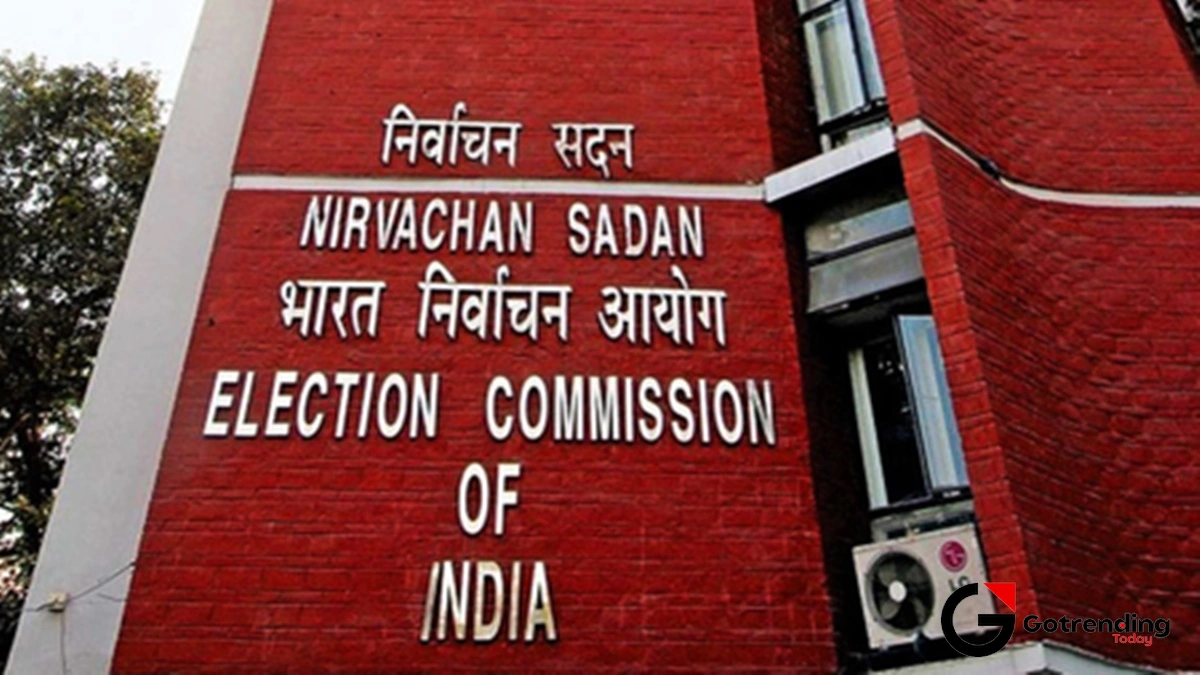Uttarakhand’s Political Chessboard | Peeking at the 2025 Election Result
There’s a certain feeling you get in the hills just before the political season kicks into high gear. I’m sitting here, nursing a slightly-too-strong coffee in a Dehradun café, and you can almost feel it in the air. It’s a low hum beneath the surface of daily life. The mountains, of course, are eternal and indifferent. But down here in the valleys and towns, the gears are starting to turn for what promises to be a fascinating contest. We’re still a ways out, but the conversations about the uttarakhand election result 2025 have already begun.
And let’s be honest, anyone who tells you they know exactly how this will play out is either a charlatan or a far better astrologer than I am. Uttarakhand politics is… unique. It’s a small state with only 70 assembly seats, but it carries a disproportionate weight in the national imagination. It’s Devbhoomi, the Land of the Gods, a place where spirituality, ecology, and hard-nosed politics collide in the most peculiar ways.
I’ve been following the state’s trajectory for years, and the one constant is its unpredictability. It’s not just about party manifestos or grand rallies here. It’s about local sentiment, the ever-present question of identity, and a deep-seated frustration that often bubbles up when you least expect it. This isn’t a simple numbers game; it’s a story being written in real-time.
The Great Incumbency Puzzle | Can the BJP Break the Cycle?
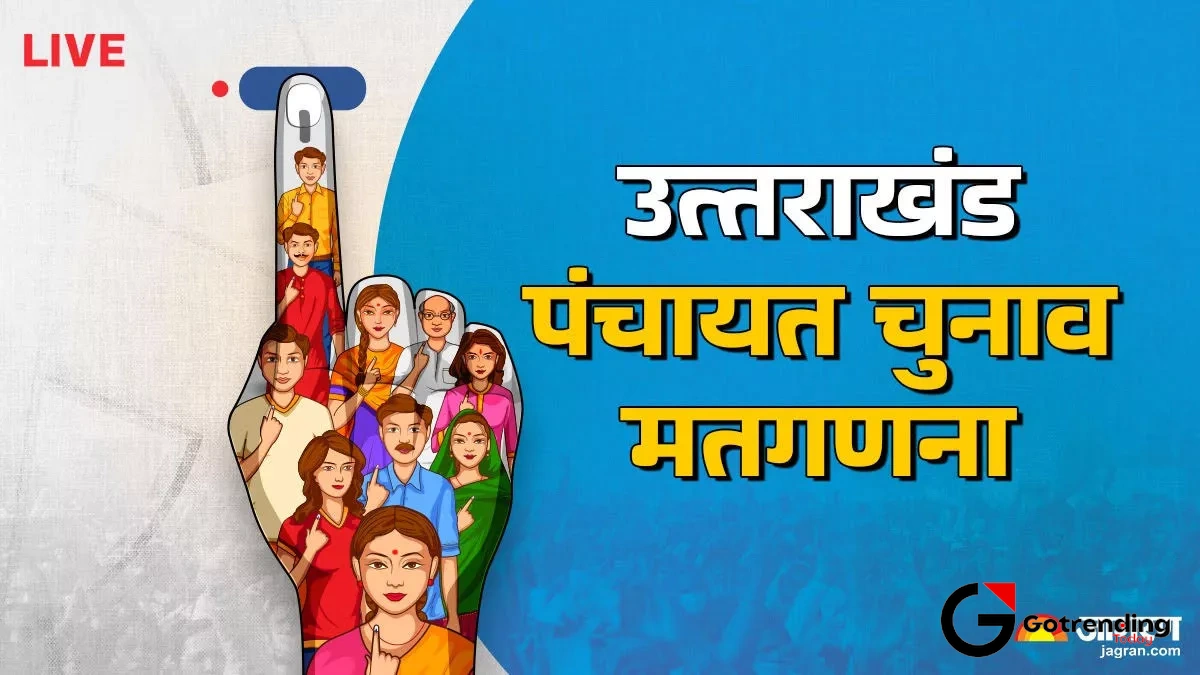
The first thing anyone talks about is the BJP’s position. They have the momentum of a double-engine government, and on paper, they look formidable. But here’s the thing about Devbhoomi – it has a history of being notoriously tough on incumbents. The state has a habit of flipping governments, though the BJP bucked that trend in 2022. The real question is, can they do it again?
A huge part of that rests on the shoulders of Chief Minister Pushkar Singh Dhami . The BJP played a frantic game of musical chairs with the CM position before settling on him, and to his credit, he has brought a measure of stability. He’s young, accessible, and has managed to stay largely clear of major controversies. He represents a generational shift. But stability might not be enough. The memory of the CM shuffle lingers, a reminder of the internal factionalism that can rock the boat.
And then there’s the performance. The government will rightly point to infrastructure projects and its implementation of the Uniform Civil Code (UCC) as major victories. The UCC, in particular, is a cornerstone of their platform. But the opposition will be hammering on issues like unemployment, inflation, and the lingering scars of disasters like the Joshimath land subsidence. The political landscape here is incredibly sensitive to these ground-level concerns. It’s a delicate balance, and maintaining it is the BJP’s primary challenge.
More Than Just a Two-Horse Race? The Opposition’s Gambit
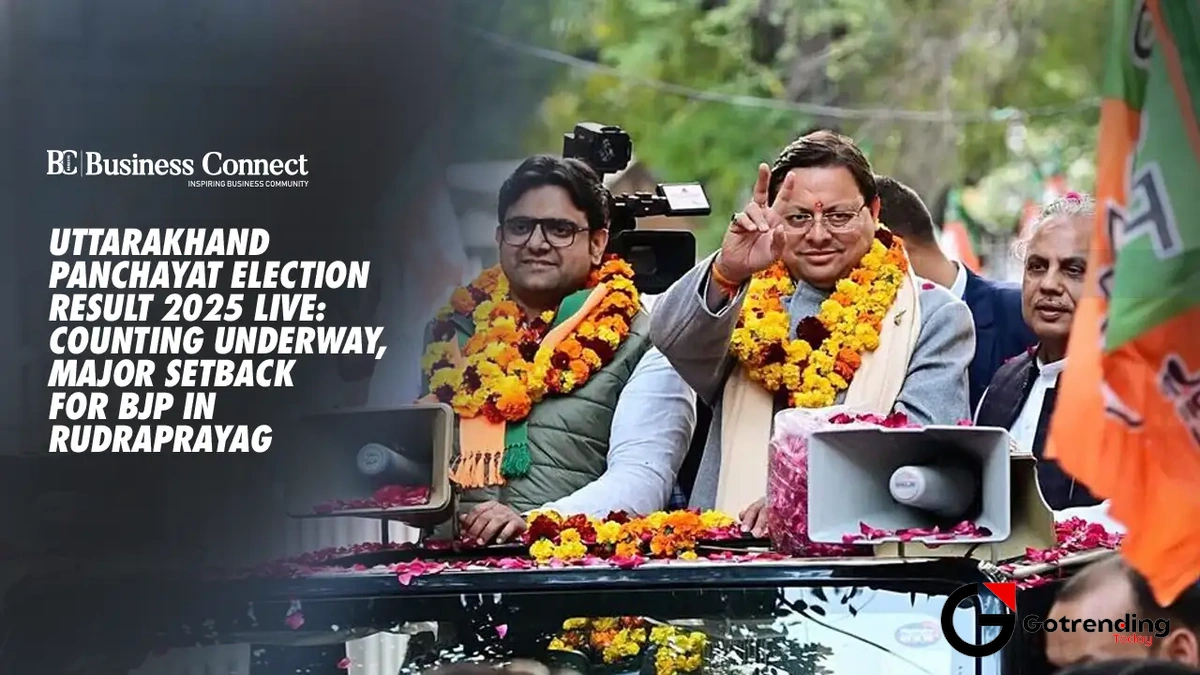
And what about the other side of the aisle? The Congress in Uttarakhand always feels like a sleeping giant that can’t quite decide when to wake up. Their biggest challenge, as is so often the case, is themselves. Factionalism between veteran leaders can often overshadow their political messaging, leaving voters confused and uninspired.
But you can’t write them off. There is a palpable undercurrent of anti-incumbency on certain issues, and if Congress can present a united front and a compelling alternative vision, they are very much in the game. They have a core voter base and experienced leaders who know the terrain inside and out. Their strategy will likely revolve around localizing the election, focusing on bread-and-butter issues, and hoping the BJP in Uttarakhand stumbles over its own feet. It’s a classic playbook, but sometimes, the classics work.
Wait, there’s something else to consider. While the AAP made a lot of noise last time, their presence seems to have fizzled. Will another third front emerge? Unlikely to win, perhaps, but even a small, well-organized regional party could play spoiler in a dozen seats, completely upending the predictions for the Uttarakhand assembly election .
The “Real” Issues | What Actually Sways the Devbhoomi Voter
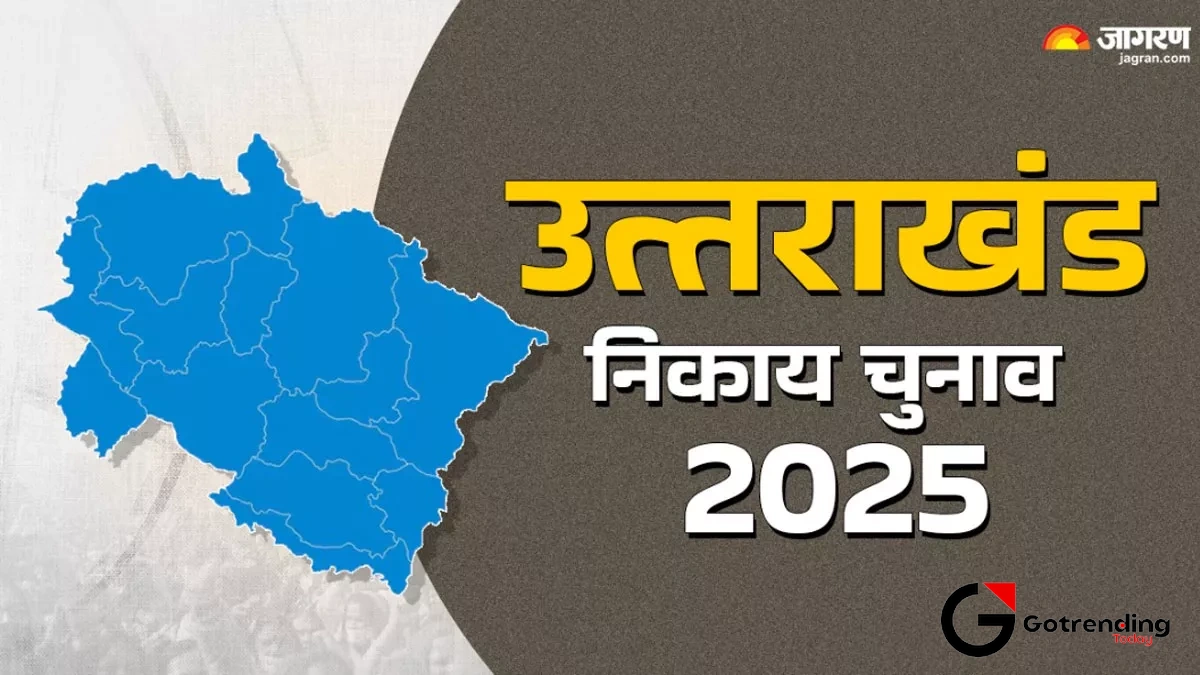
This is the part that fascinates me most because it’s where the national narrative often fails. To truly understand the potential uttarakhand election result 2025 , you have to look beyond the party banners. You have to listen to the conversations happening in the villages of Kumaon and the bustling markets of Garhwal.
Three things stand out: land, livelihood, and disasters. The debate around land laws (the ‘Mool Niwas’ or original resident and land rights issue) is deeply emotional and potent. It’s tied to the very identity of the state’s people and a fear of their culture being diluted. Any party that gets this wrong does so at its peril.
Then there’s the economy. Not the stock market economy you read about, but the local economy. The frustration over a lack of quality jobs for young people is immense, forcing so many to migrate for work. It’s an old wound that never seems to heal. People here are also keenly aware of how new ventures can impact the state, with discussions around everything from tourism projects to public offerings like the recent Shanti Gold IPO GMP highlighting a desire for responsible economic growth. And with the spread of affordable tech, like the phones discussed in articles about the Xiaomi Redmi Note 14 SE 5G Budget King , these frustrations and political messages spread faster than ever before.
Finally, there’s the environment. The memory of the Kedarnath tragedy, the Joshimath crisis, and countless smaller landslides is seared into the collective consciousness. People here live with the terrifying reality of environmental fragility. They will be looking very closely at which party has a credible, long-term plan for sustainable development and disaster management. It’s not an abstract concept; it’s a matter of life and death. You can find detailed information on the state’s electoral processes and constituencies on the official website of the Chief Electoral Officer, Uttarakhand .
FAQs | Answering Your Burning Questions
When is the Uttarakhand assembly election scheduled for 2025?
While the Election Commission of India hasn’t announced the official dates yet, the Vidhan Sabha (Legislative Assembly) term ends in early 2027, so the election mentioned is projected for 2027, not 2025. The political groundwork and speculation, however, are very much starting now. Typically, elections in the state are held around February or March. Keep an eye on the official ECI announcements for the precise schedule.
What are the main key election issues for voters this time?
Beyond the usual national topics, the truly decisive issues in Uttarakhand are very local. Think youth unemployment, the emotional debate over land laws (‘Mool Niwas’), creating a balance between religious tourism and environmental protection, and the government’s response to natural disasters like the Joshimath subsidence. These are the things that directly impact daily life and will heavily influence voter sentiment .
Is it always a close fight between BJP and Congress in Uttarakhand?
This is a great question and addresses a common misconception. While the vote share can be close, the seat distribution can sometimes tell a different story. In 2017 and 2022, the BJP secured landslide victories with 57 and 47 seats, respectively, out of 70. However, the underlying political currents are much tighter than those numbers suggest. A relatively small swing in vote percentage can lead to a massive shift in seats, making it a perpetually competitive state.
How will the Uniform Civil Code (UCC) impact the election?
The UCC is a major political card for the BJP. They will frame it as a historic reform fulfilling a core promise. For their base, it’s a huge plus. However, the opposition will try to paint it as a diversion from “real” issues like jobs and inflation. Its actual impact will depend on how it’s perceived on the ground as a progressive social reform or a politically motivated move. Its effect on the uttarakhand election result 2025 (projected for 2027) will be a key factor to watch.
So, who is likely to be the next CM of Uttarakhand?
Ah, the million-rupee question! If the BJP wins, Pushkar Singh Dhami is the clear frontrunner to continue. If Congress manages an upset, it’s anyone’s guess. They have several senior leaders like Harish Rawat and Pritam Singh, and the choice would likely depend on the margin of victory and internal negotiations. Predicting the next CM of Uttarakhand before the votes are even cast is a political pundit’s riskiest bet.
Ultimately, the election won’t be won in Delhi newsrooms or on social media. It will be won in the narrow lanes of Almora, the apple orchards of Uttarkashi, and the sprawling plains of Haridwar. It will be decided by whether people feel their deepest concerns for their land, their children’s future, and their safety are being heard. The final result won’t just be a number out of 70; it will be the voice of the mountains, choosing its path forward.
